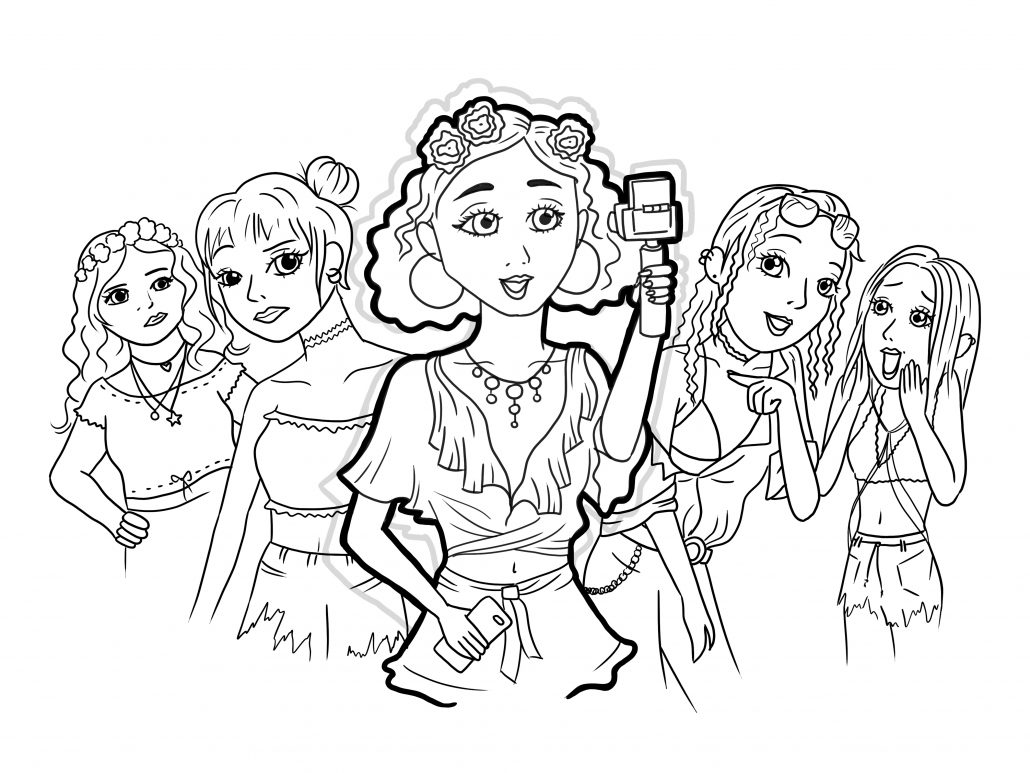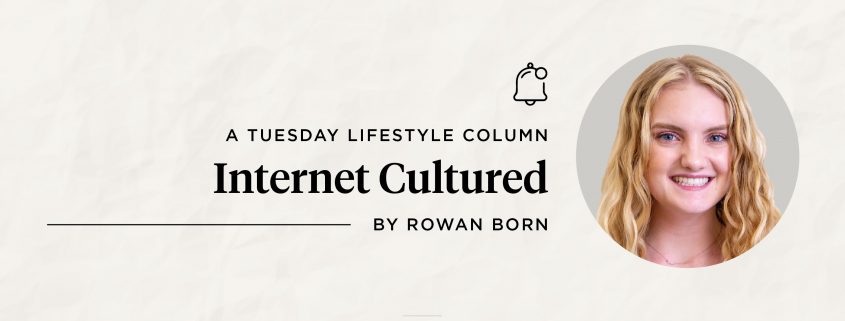Internet Cultured: Coachella ‘influencers,’ what exactly are you influencing?

We’re currently in the midst of the worst (or best, depending on how you view it) two social media weekends of the year. Indeed, festival season is upon us, and no, I’m not talking about the Los Angeles Times Festival of Books. Given the slew of beautifully obnoxious Coachella photos that have recently flooded my feed, I’m beginning to believe that the annual music festival should just be declared a national holiday. I recently saw a tweet that referred to Coachella as the “influencer olympics,” so we’re getting close.
Truth be told, if I were there, I’d also be flitting around in kimonos and taking ferris wheel photos. Attending Coachella costs hundreds (if not thousands) of dollars, so if I were to make the effort to attend, I’d also make an equal, if not greater, effort to get a damn good Instagram photo.
The Coachella aesthetic used to be sacred to the world of social media influencers. Growing up in Florida addicted to YouTube, I looked forward to — and almost revered — Coachella as this distant fairytale where all of my favorite internet personalities congregated to take pretty pictures that flexed their amazing lives, brand deals and excessive outfits for their fans. For a few years, the event routinely popped up on Instagram. I’m not even sure I registered that Coachella was, in fact, a music festival instead of a fashion show.
With its remote location, massive art sculptures, vivid light shows and cool palm trees arching in the background, Coachella is the surreal epitome of real-life Instagram.
As I’m currently closing out my second year at USC, Coachella’s magical image has become a little dustier, with seemingly every other person I know going to Coachella on top of all the influencers I already follow. Honestly, the content my peers have been posting has rivaled, if not topped, the posts so-called “influencers” make a living off of. Interestingly enough, festival regulars and influencers alike seem to be vying for the same striking social media presence that makes absentees want to live the life they see on their screens.
Now that iPhones and VSCO filters are disposable commodities, anyone can post a pretty picture and call themselves an “influencer.”
Now, I find myself asking: So what are “influencers” influencing anyway, and why is the lifestyle so appealing?
The popularity of the term “influencer” has spiked significantly in the past few years, but I’ve found that many people outside of the social media world are still uncertain about what this word actually entails. Considering how casually the word is thrown around — from individuals with millions of followers across platforms to myself when my friends tease me after I post an Instagram photo — it’s no surprise that influencers are still widely misperceived.
The actual definition of “influencer” according to dictionary.com is “a person who has the power to influence many people, as through social media or traditional media.”
Sure, some social media personalities tangibly influence their followers to positively change their lives in some way — exposing them to different perspectives, helping people develop healthier habits or leading them to figure out how they self-identify. The common (and accurate) image of an influencer, though, tends to be of a conventionally attractive person posting a photo holding a paid product placement against a backdrop that promotes a lavish lifestyle.
The latter content format absolutely dominates social media and is often where “influencing” turns into encouraging a toxics game of comparison. Being more attractive. Attaining more expensive belongings. Achieving unending pleasure and fulfillment.
A few years ago, publicly being an influencer was a joke. Now? Being an influencer can be a viable career path (probably to many parents’ disappointment), with some of the biggest YouTubers like PewDiePie (over 94 million subscribers) making an estimated $1.2 to 19.8 million per year, according to Social Blade.
Despite popular opinion, I don’t view being an influencer as an “easy” job, as many assume. Though it may seem like a life of just looking pretty and posting on Instagram, it’s much more complicated and mentally draining behind the scenes. An influencer’s life is their brand, and there is little to no distinction between self and product. Living online has consequences — your life no longer becomes yours to live alone.
My final column in the fall discussed my personal experience within the influencer sphere. After years of alternating on and off social media, particularly on YouTube, I found that the influencer life was not for me. I still stand by my decision, but I also fully support those who thrive as influencers and profit off of, well, being themselves.
So, whether you’re trying to achieve “influencer” status or not, go ahead and post that aesthetic Instagram photo from Coachella if it makes you happy. Thanks for tuning in to my sophomore year journey through “Internet Cultured,” and I’ll see you on the ‘gram.
Rowan Born is a sophomore majoring in journalism and law, history and culture. She is also the social media director of the Daily Trojan. Her column, “Internet Cultured,” runs every other Tuesday.

